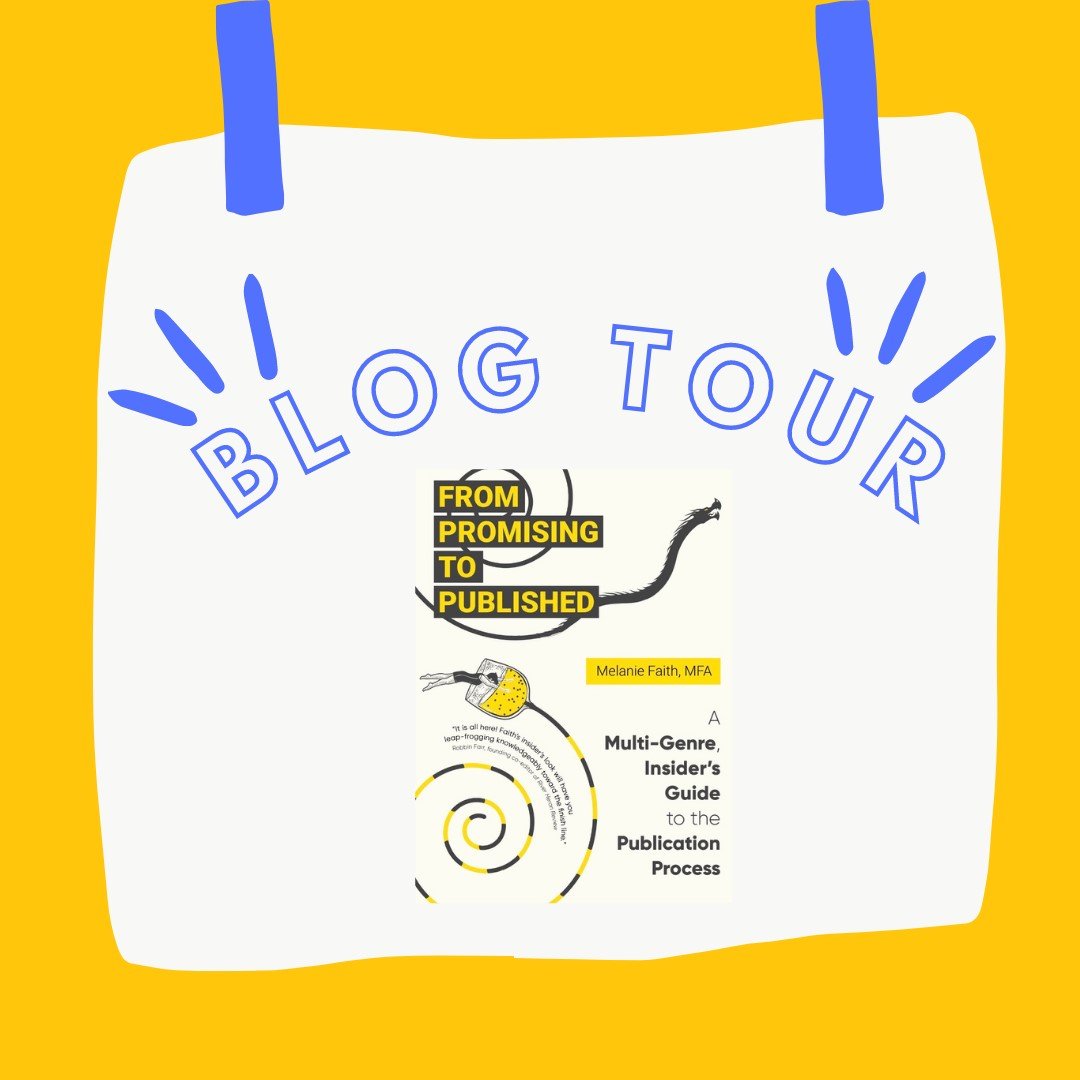Thrilled that my article was published today at WOW! Here are some awesome ways to do creative prewriting for your novel that could be great fun to explore.
15+ Creative Methods for Outlining Your Novel
By: Melanie Faith
As a writer, my longer fiction and nonfiction projects have been aided by prewriting. Outlining has numerous benefits that range from organizing initial ideas (which tend to lead to further ideas, like rabbits from a hat) so that they are not a jumble floating (and too-soon forgotten) in the brain to saving time because the story has a natural narrative arc rather than disconnected passages or entire chapters that veer off plot or point.
Just as writing your novel is a creative process, your outlining can be a creative and whimsical process. Feel free to dabble with a few outlining methods and to mix-and-match your prewriting styles.
What could outlining your novel look like? Great news! There are oodles of formats for outlining. Outlines don’t have to be in the strict Roman-numeral format (unless you want them to be). An outline might be crafted in any of the following styles:
· a hand-drawn map of your story’s setting(s).
· a Pinterest or Facebook page or vision board you create of photographs and posts related to your protagonist or any other element of your narrative.
· a collage (physical or digital) of images or dialogue.
· a series of sketches or drawings for the first chapter. The sketches might be free-form, in storyboard form, or comics form, either hand-drawn or drawn using digital sketchpads/software.
· an audio or video clip—or several—that mirror the rising action(s) or tone of various scenes.
· a web of catch-phrases, dialogue, or verbal imagery related to your antagonist.
· a chart with webpage links related to your conflicts and rising actions.
· a color-coded chart of characters’ backstories.
· a list in a bullet journal.
· a free-write passage of dialogue between the protagonist and antagonist.
· photos that represent the protagonist’s inner thoughts or conflicts.
Outlining is flexible and can include as much or as few details as you’d like, and you can add to the outline as new or different ideas occur. It’s all a step in the right direction: seeing the big picture of your project.
More great news: you don’t have to plan every single element of a book before writing a single paragraph of the draft, although you could if you want to. Some of the best projects I’ve written (or read) began with enough planning for just a chapter or two at a time, if that. Sometimes, just a few short, scrawled sentence fragments about a character.
You can also outline after you’ve started some of your project, whether you’ve run into a snag or just want to plan for the next steps in your project.
A few more outlining ideas:
· You could color code or date material on an outline to keep track of when and how your outline evolves.
· You could outline on computer but also by hand (break out the highlighters, colored pens or pencils and markers, your favorite notebook, pieces of printer paper and stickers—whatever motivates you most).
· Sometimes, my students have purchased dry-erase boards and erasable markers and put them around their office for ease of planning and adjusting initial ideas.
· Other students have used giant sheets of brown-bag paper or butcher paper and permanent markers to chart their next narrative course.
Outlines should be specific enough to encourage a pull towards your manuscript but open-ended and with enough wiggle room that it can be expanded, adjusted, or edited at any part of the prewriting or first-drafting process. It’s perfectly fine to have all or part of an initial outline and then veer away from the outline in your writing. Or to adjust your outline as you go.
Just because it’s written on the outline, don’t force yourself to adhere to your plans if it’s slow-going or if a better idea shows up. The latter happens to me all of the time, especially mid-novel; I just re-plan my next plans when it happens and see where the new ideas take me. In all of my first outlines for my current WIP, my protagonist was on his way cross-country to attend a writer’s colony—until I got a few chapters in as I drafted and it hit me that a storm would prevent his arrival. Take two: a little regrouping, a free-write, and a new list of phrases in my writer’s notebook, and away I went in the direction of the new plot.
Nothing is set in stone, during or even after planning—and that should be encouraging.
Aim for making enough ground work to invigorate and flesh out your initial characterizations, settings, and plot, while remaining open to restructuring as you begin the writing process and as characters reveal more of their struggles and obstacles in the paths to reaching their goals.
View your prewriting as an exciting, ever-evolving map to where your novel likely might be headed, and enjoy the creativity of the prewriting and drafting processes as the pages of your story accumulate and ideas keep arriving.
Learn more via my online class, Outlining Your Novel with Ease, now taking sign-ups. Check out my fall/early winter online writing classes here.













